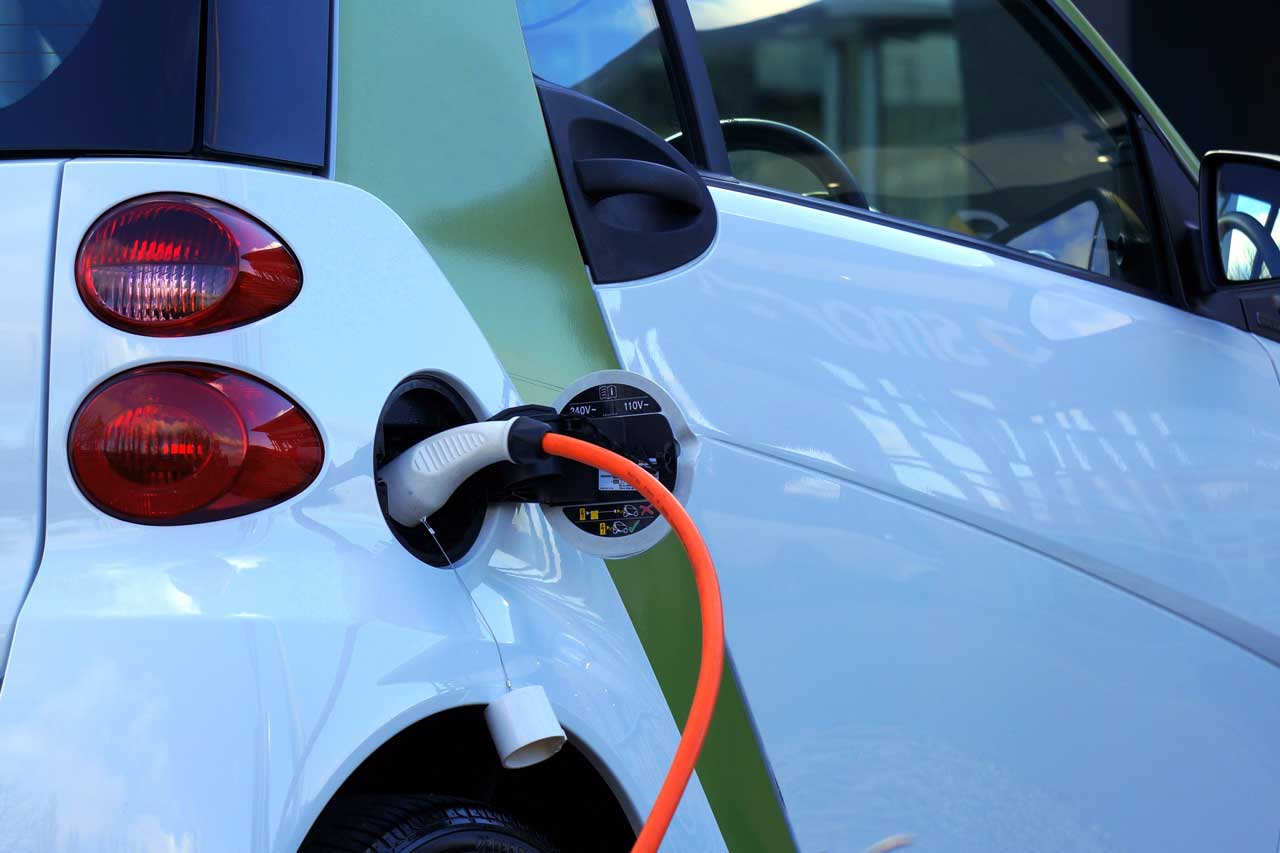OpenADR Overview
What is OpenADR
OpenADR is an open, highly secure, and two-way information exchange model and global Smart Grid standard. OpenADR standardizes the message format used for Auto-DR and DER management so that dynamic price and reliability signals can be exchanged in a uniform and interoperable fashion among utilities, ISOs, and energy management and control systems. While previously deployed Auto-DR systems are automated, they are not standardized or interoperable. OpenADR was created to automate and simplify DR and DER for the power industry with dynamic price and reliability signals that allow end users to modify their usage patterns to save money and optimize energy efficiency, while enhancing the effectiveness of power delivery across the Smart Grid.
OpenADR 2.0 Certified Products are helping organizations around the world standardize DR and DER communications, automate DR/DER processes, simplify customer energy management, and eliminate stranded assets.
Brief History of OpenADR
What is Demand Response
Interest in Smart Grid technology has increased rapidly on a global level. While the expansion of renewable energies is expected, unpredictable power sources such as solar and wind generation have proven to be unstable, so their increased usage renders the entire power supply system unstable, thereby making the Smart Grid an even more important requirement so as be able to operate all power sources in a stable and efficient manner.
One way to enable the above is to focus more attention on Demand Response (DR), which is an optimum mechanism to control the balance between electricity demand and supply by utilizing ICT.
DR adjusts the power demand according to the supply and is effective for more efficiently using of power supply resources. It also allows the demand side to consume electricity more efficiently, and with less waste.
In cases of urgent power demand, we need to deal with peak demand more quickly than by what power generation plants can produce. As a result, DR is expected to be a clean, economical, and reliable technology that can offer beneficial solutions to both power suppliers and customers.

The system is modeled based on the VTNs (Virtual Top Nodes) transmitting messages and the VENs (Virtual End Nodes) receiving them, where the power provider is a VTN and the customers are VENs.
The aggregators act both as the VEN of the power provider and the VTN for each consumer and multiple number of aggregators can be installed continually.
The power provider (VTN) is configured as a DRAS (Demand Response Application Server) that creates DR events according to the DR program and issues them to the aggregators or customers, and the aggregators and customers (VENs) perform processing based on the DR events received from the VTN. The customers (VENs) are usually implemented in an EMS (Energy Management System) such as BEMS (Building Energy Management System).
Key Terms
Table Service Functions of OpenADR 2.0B
OpenADR 2.0B consists of four service functions.
These are:
- EiRegisterParty (registration),
- Ei-Event (DR event),
- EiReport (DR report) and
- EiOpt (optin/opt out).

To deal with a wide range of energy domains, the DR events include:
- [SIMPLE] for the simple level control,
- [ELECTRICITY_PRICE] for power price notification,
- [ENERGY_PRICE] for energy price notification,
- [LOAD_DISPATCH] for direct demand value specification and
- [LOAD_CONTROL] for direct load control.

The aggregator’s DRAS is composed of:
- the VEN that receives DR events from the power provider (VTN),
- the VTN that transmits DR events to the customers,
- the event management function linked through the API (Application Programming Interface),
- the applications for event distribution, etc., and
- the database (DB).
(1) Event management
This function manages the DR events received from the power provider (VTN) and those transmitted to the customers in collaboration with the event distribution function.
(2) Event distribution
According to the contents of a DR event received from the power provider (VTN), this function creates a DR event based on the customer and baseline information and distributes them automatically to the customers (VENs) from the aggregator (VTN). The controlled amounts to be distributed are calculated according to the preset percentages based on the baseline of each customer.
The controlled percentages are updated based on past controlled amount achievements and the event acceptance rate of
each customer.
(3) Baseline
The baseline refers to the power demand amount estimated assuming that the baseline demand adjustment is not performed. It is the basis for accurate identification of the demand amount resulting from the power adjustment performed by customers according to a DR event. This system determines the baseline according to the past data measured using the averaging technique (High 2 of 10: The data of two days with the highest power consumptions among the latest ten days).
(4) Report management
This function acquires and manages the achievement data (measurements) from customers (VEN), it also transmits the data to the power business (VTN) via the VEN.
It additionally checks and analyzes the achievements in order to compile data for use in the auto distribution of DR events.
(5) Customer information management
This function manages the information on the load possessed by each customer and on the baseline and DR event accepted/not-yet accepted status as well as other information.
(6) Web UI
This application handles the user interfaces (UI) of the functions above.
————————————————————————————————————
OpenADR Integration with OCPP
One of the key challenges that the Grid face is that if all the Electric vehicles charge at the same time, there is sudden surge in demand of power.
Since OpenADR has been used for Demand Response management for most of the electronic devices like Washing Machines, Air Conditioners, it was thought to do a pilot of implementing OpenADR with EVs. The EVs get charged through the Chargers. The Chargers work as the electric appliances. OCPP comes into play here where it gives the Charge Point Operators to remotely monitor the charge stations and to authorize their usage.
The version of OCPP i.e. 1.6 makes it easy to conduct so called smart charging. Smart charging means that you can postpone or throttle charging behavior based on things like grid load and the availability of cheap and clean intermittent energy. Smart charging EV’s is useful because they are more powerful and flexible than any other end user appliance connected to your grid
Approaches for Implementing OpenADR
The charge points can be enabled on the OpenADR by following any one of the 2 approaches:
- Every Charging Point i.e. Charge Station is registered with the OpenADR Virtual Top Node server
- OCPP central server i.e. back office or Central Server Management System registers as an OpenADR Virtual End Node (VEN) with the OpenADR Virtual Top Node server and aggregates the participating charging stations.
OpenADR Implementation Overview: CSMS as VEN
Demand Response Asset Registration
- The Charge Stations are registered as Demand Response Assets in the VTN i.e. the Utility working as OpenADR System once an agreement is signed
- The back office i.e. the OCPP CSMS is registered as VEN with the Utility provider which works as the VTN Server and aggregates the participating Charge stations.
- The Registration is done using the EiRegisterParty registration service.
- The OCPP central server will be able to translate OpenADR event signals into valid OCPP smart charging messages and send those to the relevant charging stations on its network.
Agreement Setting
- The Charge Point Operator has an agreement with the entity that uses the OpenADR i.e. the Utility company which works as the Grid Operator
- The Utility company through this agreement will now manage the Charge Stations as Demand Response Agents
- In this agreement a set of rules are applied to the charging behavior of charging stations
Market Context
- The MarketContext attribute that is part of every OpenADR message is used to map the right charging stations to the OpenADR signals from the grid operator and thus the agreed-on rules are applied.
Start Transaction
Once the EV Driver is authenticated the Charge Point sends the StartTransaction message to the OCPP CSMS. The charging starts and the driver gets notification on the mobile.
Since the charging station is already registered as a demand response asset on the charging station operator, it is now ready to receive demand response event signals.
So the charge station operator does not send a signal to the grid operator every time a charging sessions starts. However, it can on a regular basis send information to the grid operator about the available response assets using the OpenADR EiReportService. This can provide a near realtime load value to the grid operator.
Reduce Load
Now assume that the grid operator finds that the grid is overtaxed and wants to reduce the power that is used by the demand-response assets in its OpenADR system.
Knowing that electric vehicles can react within seconds one can send out the OpenADR message to reduce the load.
OpenADR defines an iEvent service that can be used to send demand response and pricing signals.
The demand response notification can be sent using OpenADR Simple Events (for OpenADR 2.0a systems) or using more advanced LOAD_DISPATCH or LOAD_CONTROL events (for OpenADR2.0b systems)
On receipt of an iEvent signal containing a demand response payload, the OCPP central server will check if the Market Context in the message applies to a charging station or a group of charging stations on the network.
If it finds a match, the demand management data will be translated to OCPP message SetChargingProfile.
This sends a schedule aka profile to the charging station specifying when to charge at what power. The result is communicated back to the OpenADR VTN system by the VEN (OCPP central server) so the grid operator is always aware of the current situation.
Stop Transaction
The EV user can stop the transaction by presenting his or her credentials once again., unplugging or using a mobile app.
The charging station sends an OCPP StopTransaction message to the back office of the charging station operator. Now the charging station is ready to start a new transaction.
The charging station operator can automatically and on predefined intervals provide the grid operator with a report detailing all relevant information pertaining to the charging activity that has been taking place using the OpenADR 2.0 Report Service.
Dynamic Pricing
The Virtual End Node (VEN) communicates with SCE’s OpenADR Virtual Top Node (VTN) to obtain TOU pricing and is notified of demand events. The pricing information received via OpenADR – along with users’ preferences – is then used to bill the EV drivers for the charging sessions.
The solution developed also allows EV drivers to choose the level of charging (Level 2 or simulated Level1) and opt-in/opt-out of the events. The power limit on the charging stations is then set based on users’ selection and active demand events, if any.
Using the OCPP smart charging feature, user selections and active event data was further translated into OCPP smart charging profile and sent to the charging station.
Summary
load dispatch signals to obtain aggregate or individual EV charging load shed value; translate OpenADR events to OCPP 1.6/2.0 Smart Charging Profiles; and reporting from central server VEN to OpenADR VTN.
Learn Why TekMindz for Electric Vehicle
Initial Set-Up
TekMindz offers Accurate Site Qualification along with site preparation and professional installation of your EV charging stations. We also ensure that your stations are installed to the highest quality standards.
Station Activation & Configuration
Our solutions are versatile and can be customised as per your charging goals requirements. Our experts offer comprehensive Activation and Configuration services and will guide you in activating the station.
Satisfactory Results
Our specially designed Electric Vehicle station maintenance and management program has the capability of serving the requirement of the clients. We are always committed to perform on-site repairs and also provide additional features.
Complete Assurance
Our specially designed Electric Vehicle station maintenance and management program has the capability of serving the requirement of the clients. We are always committed to perform on-site repairs and also provided with additional features.
Featured Highlight
Electric Vehicle
The Client requirement was to have a platform that offers an end-to-end solution for the EVSE (Electric Vehicle Supply Equipment) industry. They required a solution based on industry open standards that can scale and adjust as the EV industry evolves over the next coming years. They required the solution to be able to provide tools for EVSE service providers to enable them to effectively manage their services, improve customer engagement and measure their performance through relevant metrics collection














